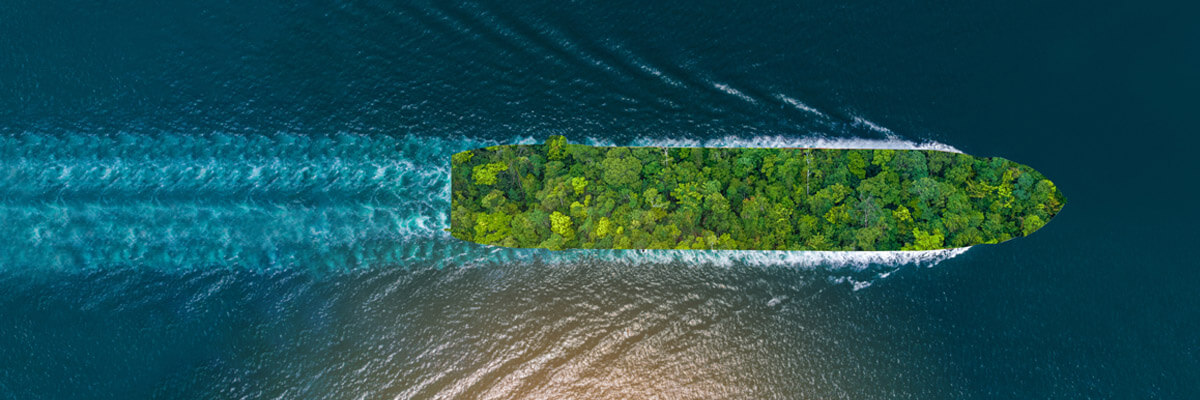
New net-zero regulations aimed at older vessels – modern ships will benefit
The IMO has introduced new regulations to achieve net-zero emissions for global shipping. These rules will have a direct financial impact on older, less efficient, and therefore more carbon-intensive vessels.
Under the new agreement, by 2028, all ships over 5,000 GT – including those in EMF’s fleet and comparable market segments must use fuel that is at least 17% less carbon-intensive than today’s standard Very Low Sulphur Fuel Oil. This requirement will rise to 43% by 2035.
Carbon credits: an incentive towards cleaner shipping
Older vessels unable to burn lower-carbon fuels such as LNG or ammonia will face significant carbon costs. In contrast, modern, fuel-efficient ships – like EMF’s Very Large Ammonia Carriers (VLACs) if operated on ammonia – could generate carbon credits, which may be: 1) Sold to other shipowners, or 2) Banked for up to two years to offset future emissions.
This regulatory shift is expected to:
- Increase the attractiveness of newer, dual-fuel vessels
- Accelerate scrapping activity among the ageing tonnage
- Tighten supply and support higher utilization across segments
EMF’s fleet is a modern one – with an eye on a net-zero future
Clarksons notes, “The rising cost of operating on VLSFO could erode mid-cycle earnings for older, less efficient vessels, likely accelerating scrapping activity and strengthening demand for dual-fuel newbuilds.”
EMF’s portfolio of modern, eco-efficient vessels is well-positioned to benefit from these regulations, particularly our VLACs, which can be fitted to operate with near-zero emissions when using ammonia as fuel.
Source: IMO, Clarksons, Tradewinds.




